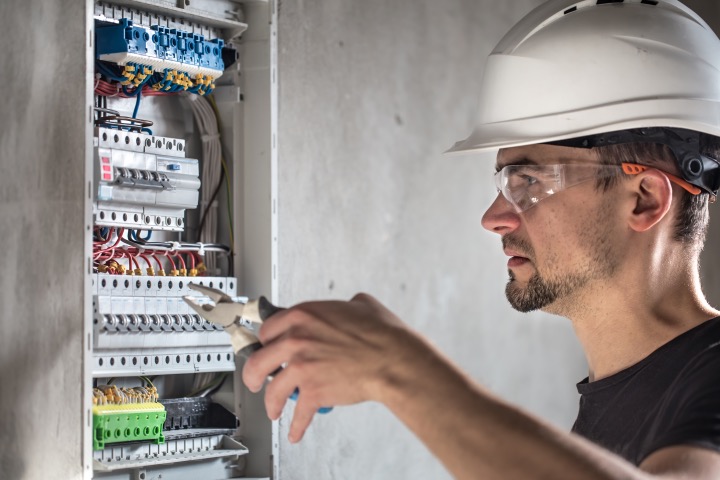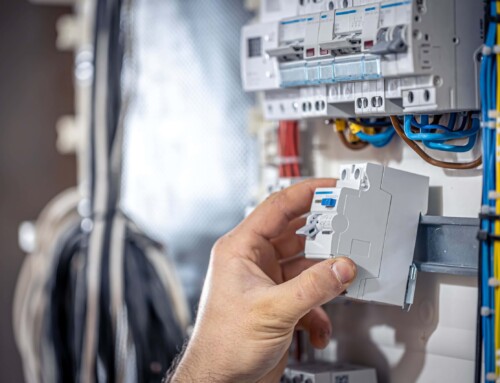Chances are that you must be one of those homeowners who only looks at your circuit breakers when you happen to trip the circuit in your house and have to reset the switch to restore your power right? The truth is that a circuit breaker is actually a safety device rather than a simple on/off switch.
Your circuit breaker protects your home electrical wiring system against overheating. A circuit breaker is designed to sense any electrical overload on your electrical wiring system and interruption in the flow of electricity. Circuit breakers help prevent electrical blowouts that can lead to injuries or house fires. Most people know the function of their circuit breakers but a lot of them don’t know how to solve any circuit breaker related problems when they arise.
Circuit breakers are designed to stop the flow of electricity the moment a fault such as an overload or short circuit occurs.
How to Troubleshooting Circuit Breaker?
Here are 5 tips that you should bear in mind when conducting a checkup on your circuit breaker:
- Identify Your Tripped Circuit Breaker
- Test Your Circuit Breaker
- Switch Off All of Your Appliances Again
- Check Your Wiring
- Have Your Circuit Breaker Tested for the Necessary Voltage
Your circuit breaker emits a humming sound when it is overloaded but has not switched off yet.
Inside your electric access panel, the tripped breaker lever can usually be found between the “on” and “off” position
Check the lever by moving it from ‘on’ to ‘off’ a couple of times to check how lose it is. If your breaker has no ‘give’ and moves easily then it is faulty and you need to have it replaced as soon as possible.
Switch off all your appliances that are connected to your circuit breaker but make sure to do it all at once to prevent a surge of electrical power when you reset it. If your circuit breaker keeps on tripping then hire a professional to come and have a look at it.
If your home has faulty wiring, then your circuit breaker will be tripping continuously and you may find yourself receiving electrical shocks when powering certain appliances of yours. This requires a trained professional so don’t try this on your own. Simply identify the problem and hire a professional to take care of it.
Touch one probe of the 120-240 volt tester to the tip of the “hot” wire, while touching the other tip to a bare copper grounding wire within the main electrical box. Use a neutral grounding terminal which is secured with ground wires and neutral wires for the probe. You will need to replace your circuit breaker if you find the right amount of voltage present.
Any issues related to your circuit breaker can lead to serious problems for your home and jeopardize the safety of your family. Don’t take any risks with your life or property and have our professionals at D&F Liquidators troubleshoot your power connectivity issues today!

D&F Liquidators has been serving the electrical construction materials needs for more than 30 years. It is an international clearinghouse, with 180,000 square facility located in Hayward, California. It keeps an extensive inventory of electrical connectors, conduit fitting, circuit breakers, junction boxes, wire cable, safety switches etc. It procures its electrical materials supplies from top-notch companies across the globe. The Company also keeps an extensive inventory of electrical explosion proof products and modern electrical lighting solutions. As it buys materials in bulk, D&F is in a unique position to offer a competitive pricing structure. Besides, it is able to meet the most discerning demands and ship material on the same day.






